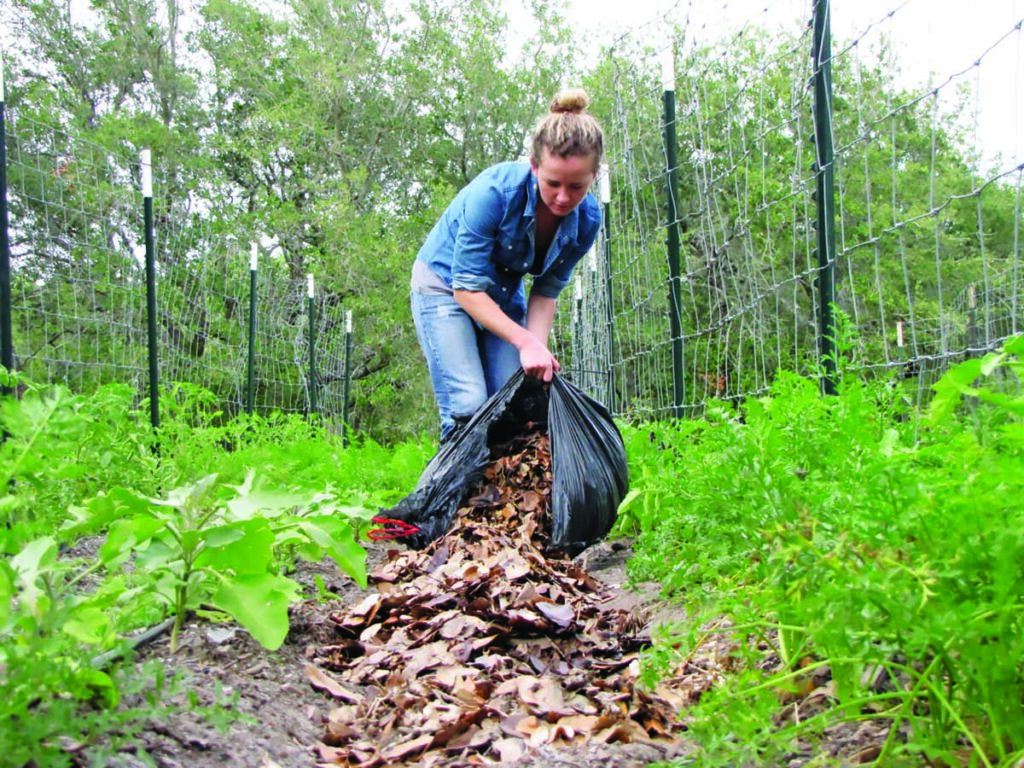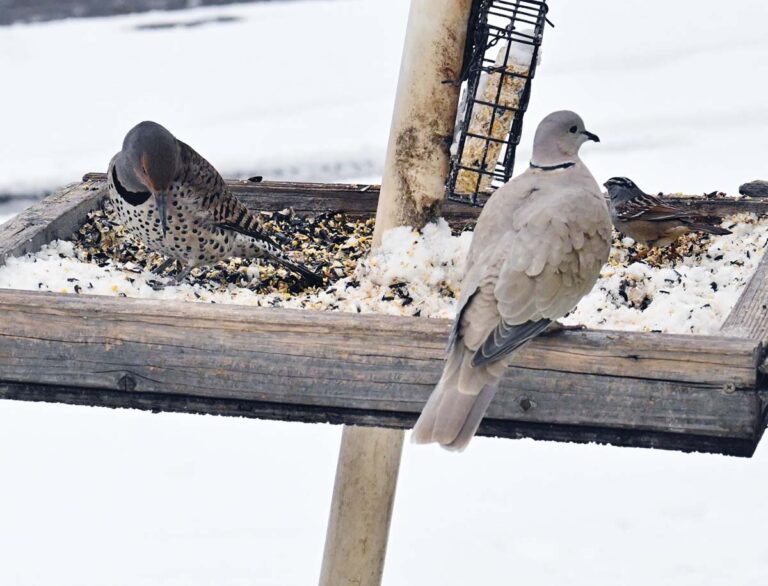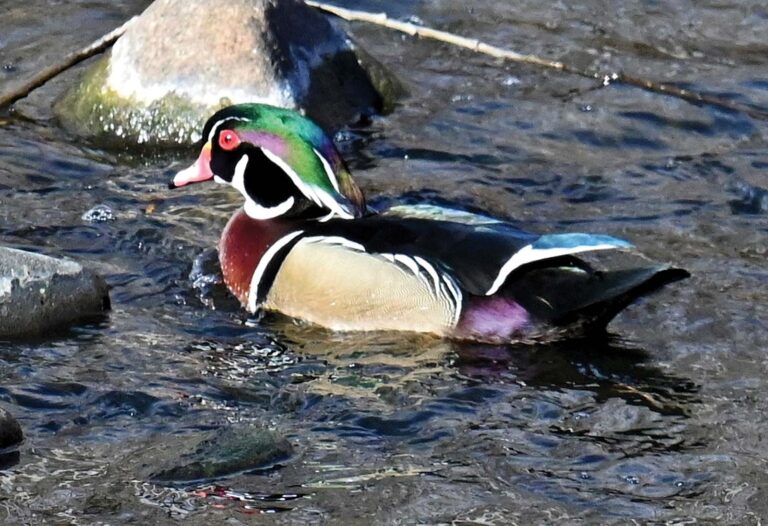Autumn has arrived and soon there will be children jumping into leaf piles. (At least I hope, if they are not glued to electronic devices indoors.) Yet there are other purposes for fallen leaves that are too profound not to share here in our October article, as gardeners prepare a crucial rest period for their plants, and themselves.
If you have followed along with some of my writings or YouTube videos, you will be well aware of my zeal for mulching. To me it is absolutely crucial, especially in our climate. It provides many benefits such as moisture retention, weed blocking and the constant slow-release of nutrients as beneficial organisms break down the organic matter, just to name a few.
In light of this, leaves are absolute gold, and I am not just referring to their beautiful color! As a part of nature’s circular, self-sustaining bounty, they are a valuable gift released by the trees that surround us. They contain a regenerative purpose of protecting and feeding the land, adding valuable organic matter into our otherwise hard and depleted soils. It is tragic that our modern culture treats them like an inconvenient waste product requiring the laborious task of bagging them up and throwing them out every year.
For those who may be convinced of their value, here are some quick tips on what to do with Fall leaves:
Use them as mulch: Leaves make a fantastic cover to mulch with around your plants. Simply move them and concentrate them into specific areas and top dress by covering the base of your plants. They will surely benefit in many ways.
Compost them: Leaves are an excellent carbon bedding material for compost piles. Mix in your food scraps, manure and other nitrogen-rich materials, and you will have incredible compost in no time. Worms love leaf litter, too. In fact, they love it so much that they will thrive in moist leaves even if nothing else is added, breaking them down into valuable worm castings.Leave them in place: This one is extra taboo, but other than clearing them from your gutters, patios and walkways, consider leaving them in most areas for enrichment. I actually leave mine in our lawn area as well. By Springtime, most of them have broken down and the rest are ground up in the lawn mower. Leaving it all in place is all I do to feed my lawn and it is often greener, healthier and more drought-tolerant than my neighbors’. (Note: If your trees drop more than a light covering on your lawn, perhaps remove some for mulching other areas, as too thick of a cover might smother your grass through compaction.)






